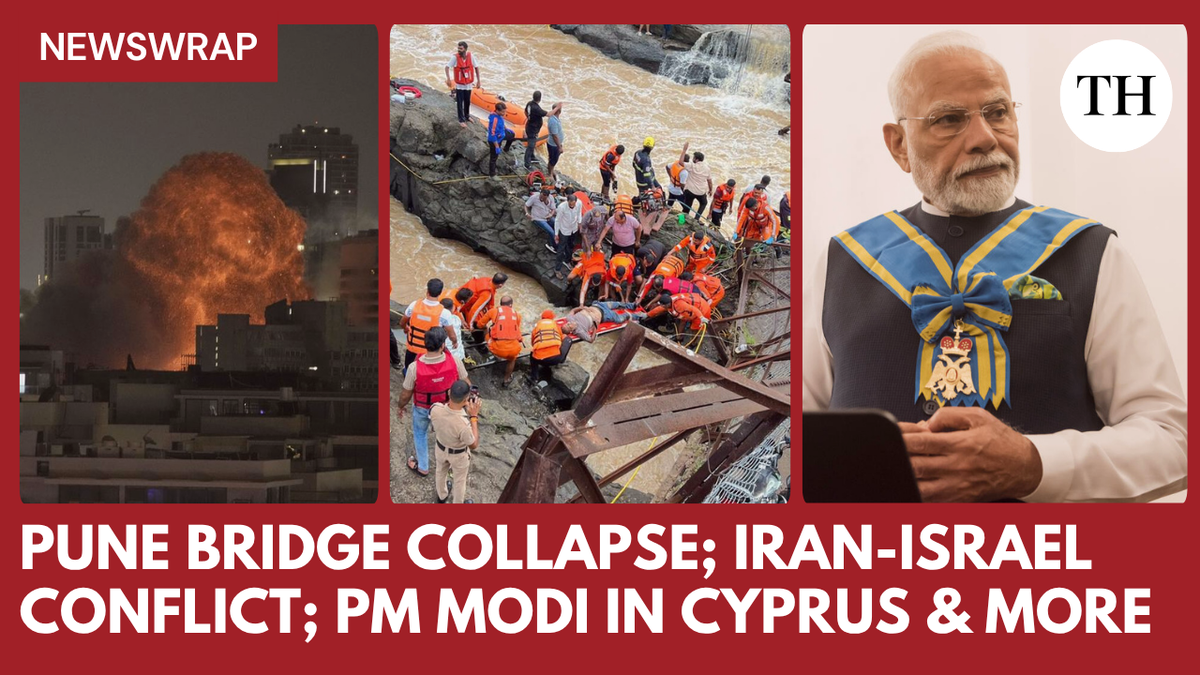
Police and municipal officials arrived on site around 1 pm to inspect the banner, which had been mounted on a metal arch at the entrance to a residential enclave dominated by residents of Iranian descent. Authorities reported that the content itself was not objectionable but emphasised the procedural lapse: the display lacked prior approval from the gram panchayat.
Rajesh Khande, the sub‑inspector in charge at Loni Kalbhor police station, confirmed that although the banner bore no provocative or inflammatory content, the absence of formal permission violated local regulations. Following consultation with gram panchayat officials, the community members removed the banner voluntarily at the request of the authorities. Deputy Commissioner of Police Dr Rajkumar Shinde added that a formal notice has been issued, and guidelines have been reinforced requiring prior approval for all banners and flags.
The incident unfolded against a backdrop of strained Iran–Israel relations and international scrutiny over Iran’s nuclear ambitions. Alarms among some community activists and local journalists that the public display of Khamenei’s image might constitute a gesture of political support contributed to the controversy. However, police affirmed no public order disturbances occurred, and no further complaints have been registered.
Loni Kalbhor, situated on Pune’s eastern periphery, hosts a small but distinct Irani community, traditionally observed Moharram commemorations involving symbolic imagery. Multiple police and local officials acknowledged the cultural intent behind the display but maintained that procedural adherence was essential to uphold law and order.
This episode highlights the interplay between cultural practice and administrative protocol. Local authorities appear determined to uphold neutral procedures regardless of religious or cultural motivations, citing precedent from similar events across Maharashtra. Critics argue that the actions reflect a heightened sensitivity to foreign political symbolism, particularly in light of sensitive international developments.
According to records, there were no reported confrontations or public unrest following the banner's removal. Authorities maintained that the villagers cooperated fully and no arrests or legal proceedings were initiated.
Observers note that while heritage and religious expression remain protected, local governance frameworks in Maharashtra have increasingly underscored the significance of obtaining formal permissions for public displays of political or ideological figures. The Loni Kalbhor case reinforces this precedent and is expected to influence how cultural communities approach future commemorations.
